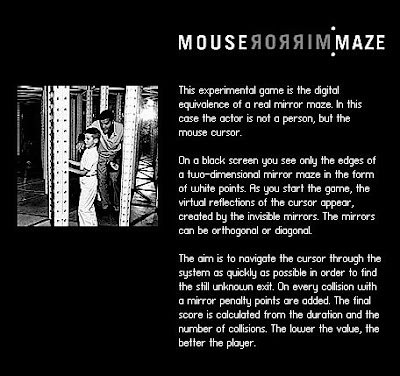
Tribute
Konrad the Seer (Konrad Oberhuber, 1935 - 2007)
by Sean Scully
"This personal recollection of former director of the Albertina in Vienna and Raphael expert Konrad Oberhuber is extracted from Scully's contribution to a volume devoted to Oberhuber's memory forthcoming from ARTIBUS ET HISTORIAE, Vienna. Oberhuber organized an retrospective of Scully's prints with Victoria Martino at the Albertina in 1999." - artcritical.com, April 2009
"Konrad Oberhuber, it was clear, was in possession of a tremendous intellect. I have met some eminent art historians before, and although they are sympathetically inclined towards an understanding of contemporary art, they labor to achieve it. Konrad spoke beautifully on Raphael and why he was important, but he was a person with an agile capacity to leap centuries with obvious ease..."
Link Full text, artcritical.com
Link Sean Scully, American Painter, Wikipedia

















